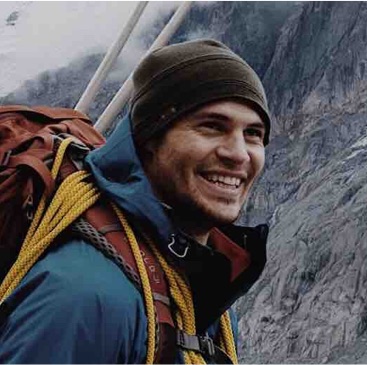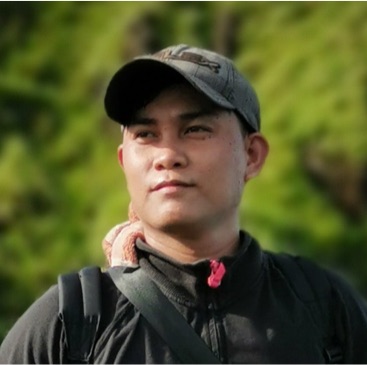About
Himalayan Trekking Specialists
Lorem ipsum dolor sit amet, consectet adipiscing elit,sed do eiusm por incididunt ut labore et dolore magna aliqua. Ut enim ad minim veniam, quis nostrud exercitation ullamco laboris nisi ut aliquip ex ea sint occae cupidatat non proident, sunt in culpa qui officia mollit natoque t massa quis enim. Donec pede justo, fringilla semper nisi. Aene vulputate eleifend tellus. Aenean leo ligulaconsequat vitae, eleifend acer neque sed ipsum. Nam quam nunc, blandit vel, tempus. In hac habitasse platea dictumst vestibulum rhoncus est pellentesque elit. Pulvinar sapien et ligula ullamcorper malesuada proin. Proin fermentum leo vel orci.
Lorem ipsum dolor sit amet, consectet adipiscing elit,sed do eiusm por incididunt ut labore et dolore magna aliqua. Ut enim ad minim veniam, quis nostrud exercitation ullamco laboris nisi ut aliquip ex ea sint occae cupidatat non proident, sunt in culpa qui officia mollit natoque t massa quis enim. Donec pede justo, fringilla semper nisi. Aene vulputate eleifend tellus.






